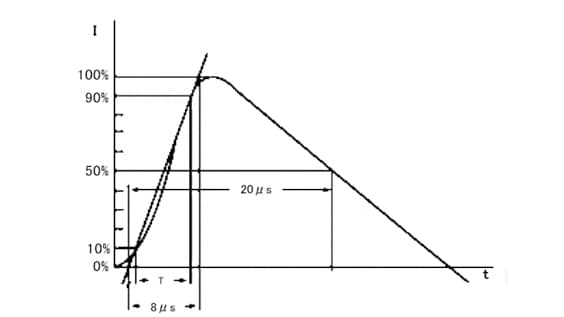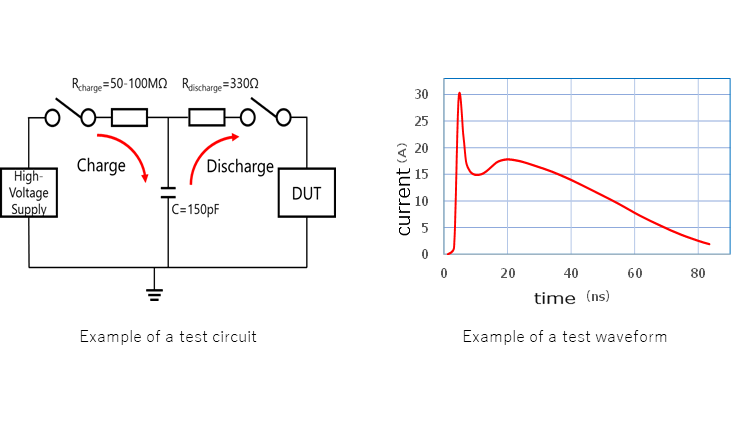- 半導體首頁
-
應用Automotive
Body Electronics
xEV
In-Vehicle Infotainment
Advanced Driver-Assistance Systems (ADAS)
Chassis
IndustrialInfrastructure
BEMS/HEMS
Factory Automation
Commercial Equipment
Consumer/PersonalIoT Equipment
Healthcare
Wearable Device
Mobile
Computer Peripherals
-
產品車用元件
Discrete Semiconductor
Diodes
電晶體
通用邏輯IC
Analog Devices
Digital Devices
Wireless Devices
※
: Products list (parametric search)
功率半導體※
: Products list (parametric search)
隔離器/固態繼電器Photocouplers
Digital Isolators
※
: Products list (parametric search)
MOSFETsIGBTs/IEGTs雙極性電晶體※
: Products list (parametric search)
Diodes※
: Products list (parametric search)
微控制器馬達驅動 ICs智能功率 ICs※
: Products list (parametric search)
電源管理 ICs線性 ICs※
: Products list (parametric search)
通用邏輯 ICs線性影像感測器其他產品其他產品
※
: Products list (parametric search)
-
開發/設計支援
開發 / 設計支援
-
技術知識
- 購買管道
- 型號 & 關鍵字搜尋
- 交叉搜尋
- 參數搜尋
- 線上庫存查詢跟購買
This webpage doesn't work with Internet Explorer. Please use the latest version of Google Chrome, Microsoft Edge, Mozilla Firefox or Safari.
型號需要超過三個文字以上 Search for multiple part numbers fromhere.
The information presented in this cross reference is based on TOSHIBA's selection criteria and should be treated as a suggestion only. Please carefully review the latest versions of all relevant information on the TOSHIBA products, including without limitation data sheets and validate all operating parameters of the TOSHIBA products to ensure that the suggested TOSHIBA products are truly compatible with your design and application.Please note that this cross reference is based on TOSHIBA's estimate of compatibility with other manufacturers' products, based on other manufacturers' published data, at the time the data was collected.TOSHIBA is not responsible for any incorrect or incomplete information. Information is subject to change at any time without notice.
型號需要超過三個文字以上
6 Absolute maximum ratings of TVS diodes (ESD protection diodes)

Absolute maximum ratings
Definition
For ESD protection diodes, the maximum allowable current, voltage, power dissipation, and other characteristics are specified as maximum ratings. In circuit design, understanding maximum ratings is crucial in order to obtain the best performance from ESD protection diodes and maintain the device reliability throughout their target operating life. In order to guarantee the lifespan and reliability of ESD protection diodes, maximum ratings must not be exceeded. For ESD protection diodes, maximum ratings are defined in accordance with the absolute maximum rating system. The absolute maximum ratings are the highest values that must not be exceeded even instantaneously under any conditions. If a stress exceeding the specified rating is applied, a device might be permanently degraded. None of the absolute maximum ratings may be exceeded. Therefore, care should be exercised as to supply voltage bounces, variations in the characteristics of electronic devices, possible exposure to stress higher than maximum ratings during circuit adjustment, changes in ambient temperature, input signal fluctuations, and so on. The major ratings that should be considered include the ESD tolerance, peak pulse power, junction temperature, and storage temperature of ESD protection diodes. These parameters are interrelated and cannot be considered separately. They also depend on external circuit conditions. Although the absolute maximum ratings are generally specified at an ambient temperature (Ta) of 25°C, some parameters are specified at different temperatures.
Electrostatic discharge voltage (IEC 61000-4-2) (contact), VESD
This is the ESD tolerance to a contact discharge, i.e., a discharge through direct contact with equipment under protection. The ESD tolerance is measured according to the method and ESD waveform specified in the IEC 61000-4-2 standard from the International Electrotechnical Commission (IEC). The specified VESD value is the peak value of the test waveform.
Electrostatic discharge voltage (IEC 61000-4-2) (air), VESD
This is the ESD tolerance to an air discharge, i.e., a discharge that occurs between equipment under test (EUT) and a discharge gun through an air layer. The test method and the ESD waveform are specified in IEC 61000-4-2.
Peak pulse power (tp = 8/20 μs), PPK
PPK is the maximum surge power that can be shunted before an ESD protection diode itself is damaged. The peak pulse power is measured using an 8/20 μs pulse waveform shown in Figure 6.1. (8/20 μs means that it takes 8 μs for the waveform to rise to 100% and 20 μs to fall from 100% to 50%.)
Peak pulse current (tp = 8/20 μs), IPP
IPP is the peak pulse current that can be shunted before an ESD protection diode itself is damaged.
The peak pulse current is measured using a test waveform shown in Figure 6.1 compliant with IEC 61000-4-5.
Junction temperature, Tj
Tj is the maximum junction temperature at which an ESD protection diode can operate without degradation or self-damage.
Storage temperature, Tstg
Tstg is the ambient temperature range in which an ESD protection diode can be stored and transported without voltage application.
- 1/2
- Next
6 Absolute maximum ratings of TVS diodes (ESD protection diodes)
- 1 What is a TVS diode (ESD protection diode)?
- 2 Basic operations of TVS diodes (ESD protection diodes)
- 3 Key electrical characteristics of TVS diodes (ESD protection diodes)
- 4 Selection guidelines for TVS diodes (ESD protection diodes)
- 5 Layout considerations for TVS diodes (ESD protection diodes)
- 7 Electrical characteristics of TVS diodes (ESD protection diodes)
Related information
- Product Web Page
TVS Diodes (ESD protection diodes) - Applidcation Notes
Diode - FAQ
TVS diodes (ESD protection diodes) - Parametric searches for all Toshiba TVS diode (ESD protection diodes) produ cts are available here:
Parametric search - Stock Check & Purchase Toshiba TVS diode (ESD protection diodes) here
Stock Check & Purchase


